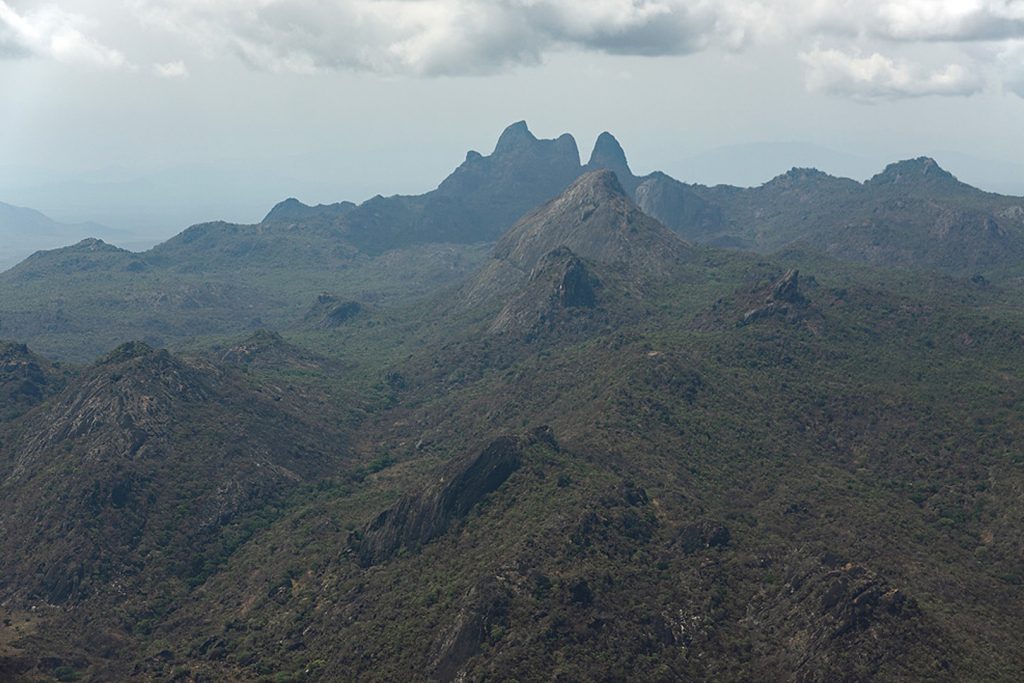Mount Morungole is situated in the North-Eastern part of Uganda in Kidepo Valley National Park, bordering the south boundary of Kidepo valley. The mountain stands 2750metres above sea level overlooking the vast Kidepo Valley and Narus plains of the park. It is in the rugged, semi-arid Karamoja province near the border with Sudan. Neighboring peaks are Mount Zulia, and the Labwor and Dodoth Hills

Mountain Morungole slopes are home to the Ik people, the smallest ethnic group in Uganda with their unique culture, which can only be seen and found in Kidepo Valley National Park. The Ike are greatly attached to this region.
The mountain is also crossed by the Kidepo and Narus rivers which are the main water sources for the wildlife of Kidepo Valley National Park. So, with the guide of a Uganda Wildlife Authority ranger, you will be taken across the hike. Therefore, Mount Morungole is an ideal place for mountain hiking with an experienced and knowledgeable game ranger guide.
Tourists on cultural tours can also visit these mountain slopes and see how the Ik people live and their way of life. They were attached to Mount Morungole considering it a sacred place.
Elsewhere, visitors can hike mountain Elgon to enjoy a similar feeling.
More about Kidepo Valley National Park and Apoka Tourism Center.
Kidepo Valley National Park is a 1,442 square kilometres (557 sq mi) national park in the Karamoja region in northeast Uganda. Kidepo is rugged Savannah, dominated by the 2,750 metres (9,020 ft) Mount Morungole and transected by the Kidepo and Narus rivers
The 540-square-mile park contains diverse landscape, from lush mountain ranges to vast plains, and is home to almost 500 bird species and 77 different mammals. Roam the Savannah, and you’d likely see an impressive collection of fauna including ostriches, hartebeest and giraffes. During the dry season, the only permanent water in the park is found in wetlands and remnant pools in the broad Narus Valley near Apoka. These seasonal oases, combined with the open, Savannah terrain, make the Narus Valley the park’s prime game viewing location.
You can as well experience a magical touch with the communities’ around the park. The nearby local communities possess teams of cultural entertainers that are normally accessible to offer performances on request. These performers have a wide range of traditional dances as well as songs for example the Emuya of the Nyangia as well as the Naporre ethnic groups along with Larakaraka plus Apiti dances performed by the native Acholi people. Quite a good number of ethnic groups do exist to mention but a few.
